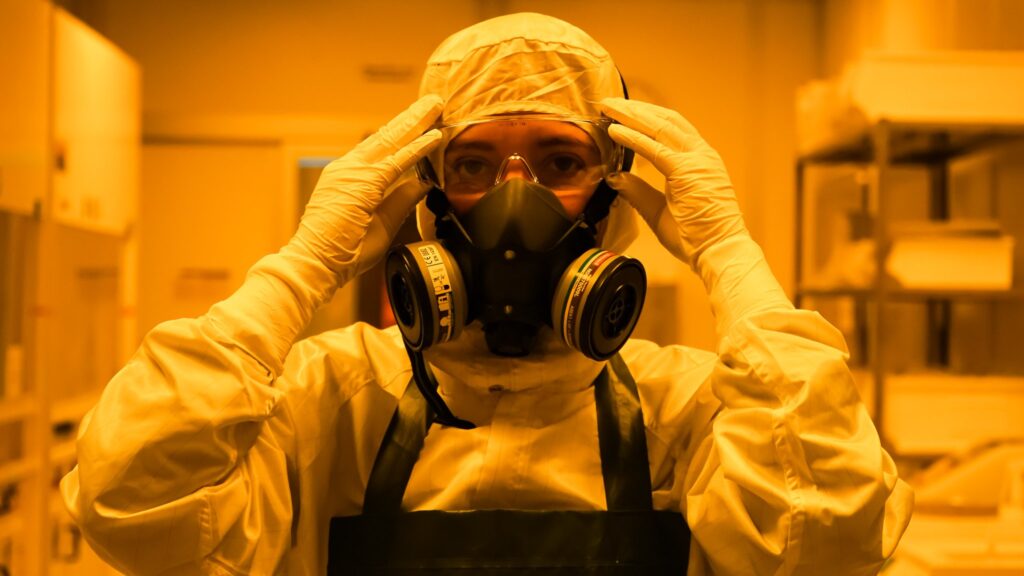Nanophotonic Spiking Neural Networks (SNNs) are essential for creating efficient artificial intelligence (AI) systems inspired by the brain. These networks use tiny, efficient devices, that are smaller than a micron, to mimic the behaviour of neurons. However, there are challenges in developing compact and efficient components for generating and detecting spiking signals in these networks. In this recently published paper, a result of the European Union funded research project ChipAI, researchers discuss the difficulties, early successes, and opportunities for building a crucial photonic neural architecture using specific nanoscale devices called resonant tunnelling diodes, also known as nanoRTDs. These diodes act as artificial neurons that can generate rapid spikes. The INL team explores the potential for integrating nanoRTDs with small light-emitting diodes and nanolaser diodes to create both spiking signal emitters and receivers, all of which would be compact, fast, and energy-efficient. Bruno Romeira, one of the authors of this perspective article, explains “this paper addresses the benefits and challenges of developing small brain-inspired light-based computing systems, where the key feature is the use of light pulses, or spikes, to encode information. This approach is inspired by the way biological brains process information, as spikes are used to encode and transmit […]
Read more


